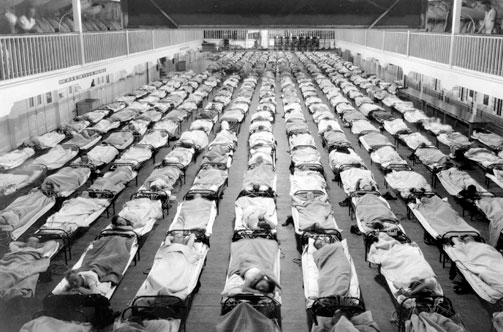This year the prize in Medicine was divided between 3 scientists, Mario R. Capecchi, Martin J. Evans and Oliver Smithies for their discoveries of "principles for introducing specific gene modifications by the use of embryonic stem cells". (Only 3% of science nobel prize winners have been women- another blog for another day).
Stem cell research is highly controversial at the moment and different countries have different legislations when it comes to research. These laws depend on the religious outlook of that country. Christian countries feel more strongly about banning such research, whereas buddhist or hindu countries are more open.

The reason why this is such a controversial research area is because it requires the use of embryonic cells- using an embryo for research raises a lot of ethical questions. Stem cells research CAN be done using other cells, such as skin cells, which is more acceptable from an ethical standpoint.
The reason why stem cells are interesting, is because they are totipotent and undifferentiated, they are 'uncommited' and can follow any destiny. A stem cell has the potential of becoming an eye or a heart or a toe or a liver. At a certain point a cell will commit itself to these roles which is irreversible.
So why bother with stem cell research if it's so ethically questionable? If you have a defective organ, either a result of cancer or parkinsons, etc etc, wouldn't you want at least an option for treating it? At this point stem cell research is still in early days- and is heavily hindered by legislation. It has been used for treating leukemia using bone marrow transplants. Regardless, this research is important and should be pursued.
This has also become a commercial endeavour for some- some parent store their placenta's in liquid nitrogen immediately after childbirth. Just in case stem cell research advances and it can be used for the child when they get a disease. (this is a luxury item... it costs a lot)
What the 3 Nobel scientists did was to generate genetically modified mice using embryonic stem cell technology. This is a useful tool and technology because it is possible to create a model for human disease caused by defective genes, such as cystic fibrosis. It also has other applications such as in the study of gene therapy. (Gene therapy is the treatment of disease by replacing a defective gene with a good one- using a viral vector... also a controversial subject). Transgenic mice have been used for over 20 years, and it's good that they are getting rewarded for it. The science has been used in countless applications for the study of several diseases. The genomes of man and mouse contain about 22,400 genes- already thousands have studied individually. This provides insight into particular genes relation to development and disease.

http://nobelprize.org/nobel_prizes/medicine/laureates/2007/adv.html


